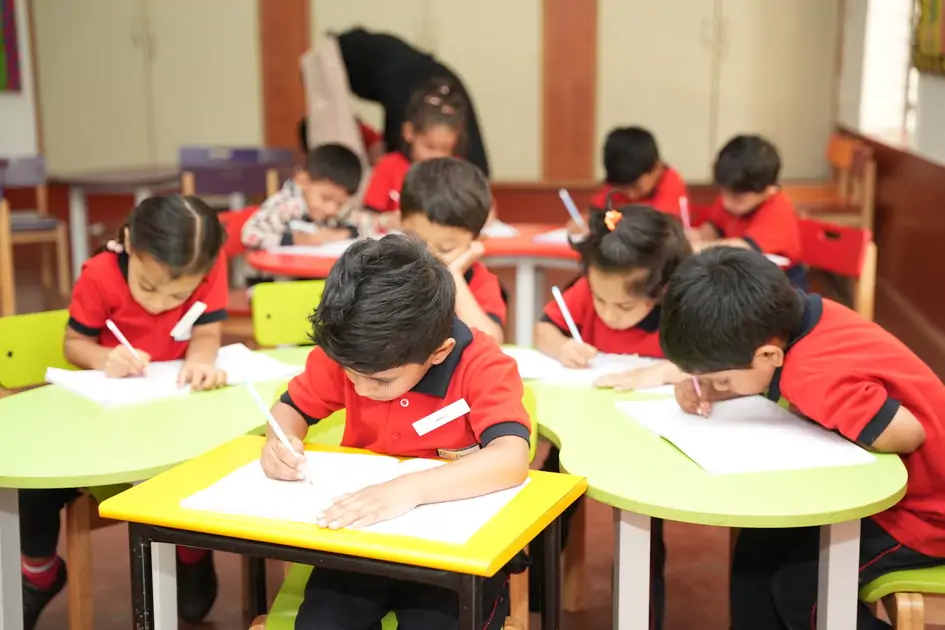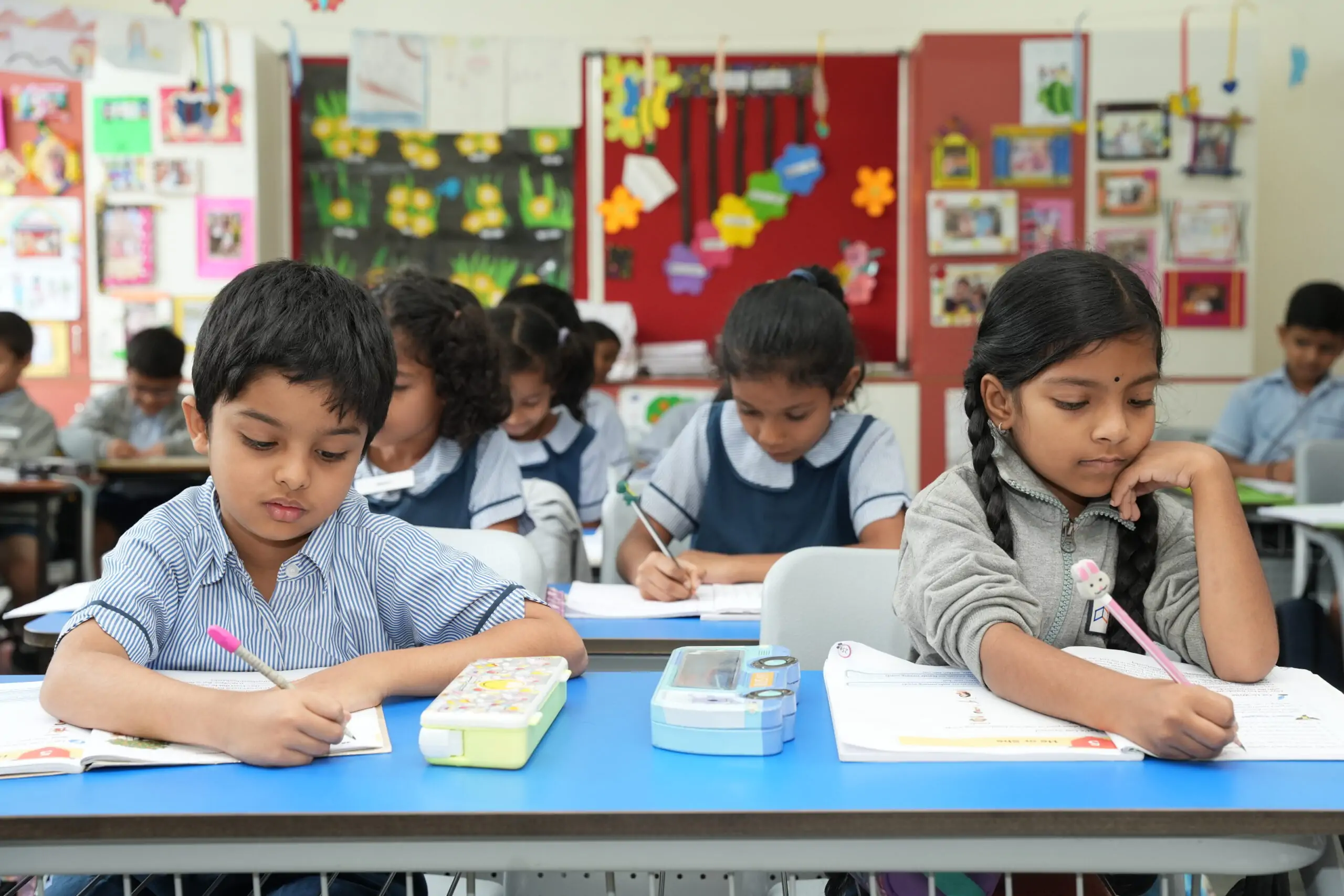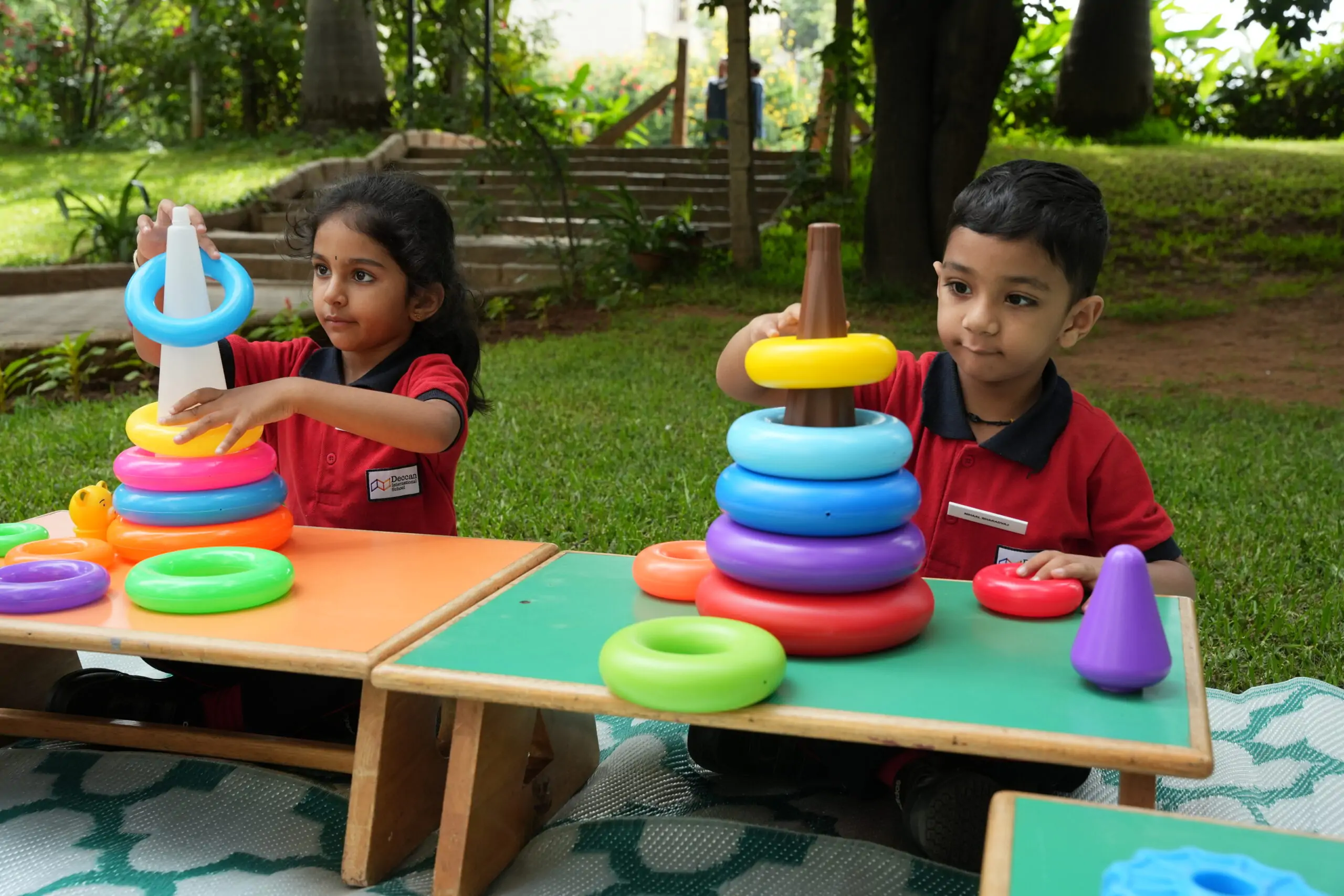Creating a Learning Environment at Home: DIS Expert Series
In this series of articles by educators and child learning specialists, Deccan International School will bring you information on enhancing and enriching your child’s learning experience. While it is true that the school is a dedicated space for learning, this cannot be overstated: a loving home, with a conducive learning environment, is the child’s first educative space. While schooling offers a formal learning setup, the home is where a child’s curiosity first originates.
For as long as education has existed, the child has had to take home assignments that they finish with the help of a parent or a guardian. In addition to this, what are the other factors to keep in mind so that a child’s learning is holistic, with a solid foundation so that learning becomes second nature to them, wherever they go? Research shows that a child’s early environment is crucial for overall brain development, helpful in stimulating an effective learning environment that impacts all facets of learning as they grow.
In today’s article, we will discuss the factors that go on to create that learning environment at home to promote engagement, focus, and a deep and abiding love for learning. In this article, we give you broad areas of focus, and some drilldown points under each. Please do treat this not as an exhaustive list, but as an indicative list that you can pick and choose from to enable that learning environment for your child at home.
Physical Environment
One way to ensure a positive learning environment at home is to demarcate productive spaces for learning at home. You can get creative, aligning your child’s learning needs with your unique home ethos. A desk, a window to gaze out of, a reading nook: all of these will work. Setting up the space with learning materials that your child needs will help orient your child towards learning at home without much effort. Some suggestions:
- Designated Learning Space: Dedicate a specific area in your home for learning activities. It could be a corner of a room or a separate room if possible.
- Comfortable Seating: Ensure chairs and desks (if used) are comfortable and appropriate for the child’s size.
- Good Lighting: Natural light is ideal, but if not possible, ensure adequate artificial lighting that is easy on the eyes.
- Minimal Distractions: Keep the learning space free from distractions like TVs or loud noises or gadgets not earmarked for learning specifically.
Routine and Structure
It is imperative to ensure your child has a consistent daily schedule. This is all the more important now that digital/hybrid learning is here. Adhering to a set schedule that closely aligns with the school schedule will help your child navigate time more productively. Periodic check-ins or huddles with the parent or guardian will ensure you have a clear window into the child’s progress. Also, working with your child in goal-setting will help them realise the importance of keeping time as a natural extension of their learning hours. Be sure to acknowledge your child’s successful completion of goals – emotional reinforcement goes a long way in helping your child gain confidence in their own abilities. Some bullet points for you:
- Consistent Schedule: Establish a daily routine that includes dedicated learning times, breaks, and other activities.
- Goal-setting: Encourage children to set goals for their learning and celebrate achievements.
- Tailored Approach: Adjust the learning environment and activities based on your child’s interests, strengths, and learning style.
Parental Involvement
Keeping your child engaged with “active learning” will go a long way in helping them gain learning autonomy. Active learning is when the child applies the information they learn. Passive learning is when they watch or listen to assimilate the information. Children benefit greatly from engaging both faculties in their learning process. Think of ways in which the information they have learnt can be applied at home: like geometry patterns when setting the table, or mathematical application when planning a holiday budget. Or applying colour mixology or patterning in decorating your child’s room. Or how sugar disappears in warm milk, but sweetens the taste of the dish.
Any new information that your child can assimilate and apply to life skills is a good way to keep their “active learning” mode going in the home learning environment as well.
Students’ interest is kept alive by trying new and different ways of learning, not just looking at textbooks all day. As long as the new activity really informs your child about the academic subject, clapping a math lesson—or sketching in science class, or acting during story time—can help every student learn better. Some tips:
- Support and Guidance: Be actively involved in your child’s learning journey, offering help when needed and showing interest in their progress.
- Encouragement: Provide positive reinforcement and praise to motivate your child.
- Create a Positive Atmosphere: Foster a supportive and encouraging atmosphere where mistakes are seen as learning opportunities.
- Open Communication: Maintain open communication with your child to understand their feelings and challenges related to learning.
- Learning Through Daily Activities: Use everyday tasks and experiences as opportunities for learning, such as cooking, gardening, or outings.
(Stay connected with your child’s educational journey with DIS: https://deccan.edu.in/parent-login/)
Learning Materials
Some learning materials for you to consider investing in for the home learning environment:
- Age-Appropriate Books: Have a variety of books and reading materials accessible to encourage reading and exploration.
- Educational Toys and Tools: Include toys and tools that promote learning through play, such as building blocks, puzzles, or educational games.
- Art Supplies: Keep a stock of art materials like crayons, markers, paper, and craft items to foster creativity.
- Computers or Tablets: Use devices for educational purposes, with parental controls and age-appropriate apps and websites.
- Educational Apps and Software: Install educational apps that cater to different subjects and skills development.
By integrating these elements, you can create a nurturing and stimulating learning environment at home that supports your child’s educational journey and overall development. At DIS, we firmly believe that learning is a lifelong process. We are here to support your child and help them surpass their academic potential, but we also are aware that school education is just one part of their learning process. Deccan International School will partner with you to enable that for your child every step of the way.
Interested to know more about Deccan International School? Register Here


